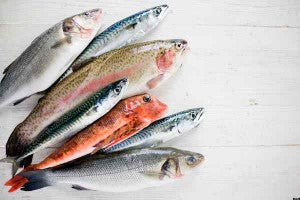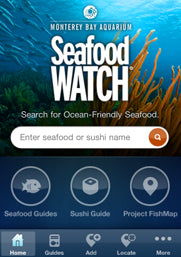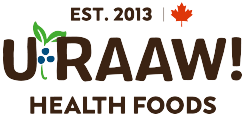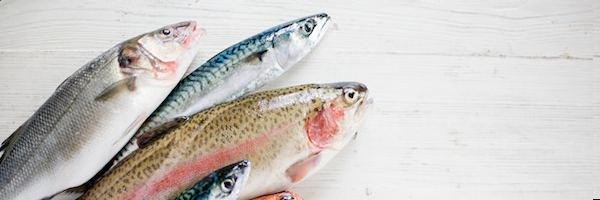Seafood can be a very healthy and enjoyable part of our diet. In addition to being an excellent source of lean protein and various vitamins and minerals, many fatty fish (such as salmon, mackerel, and sardines) are one of the most potent sources of heart-healthy omega-3 fatty acids of any food.
Furthermore, the type of fatty acids fish contain is in the form of DHA, which is much easier for the human body to absorb than plant sources like hemp hearts or chia seeds for example.
Those of us who choose to consume seafood however, need to make sure we are not supporting fisheries that are either unsustainable or potentially harmful to the environment.
The good news is that determining what we can and cannot eat is simple thanks to “Seafood Watch“, a program started by the the Monteray Bay Aquarium back in 1999.
Seafood Watch releases an annual publication that outlines the best and worst seafood choices, both from environmental and sustainability perspectives.
More about Seafood Watch:
“The Monterey Bay Aquarium Seafood Watch program helps consumers and businesses make choices for healthy oceans. Our recommendations indicate which seafood items are “Best Choices,” “Good Alternatives,” and which ones you should “Avoid.”
Seafood Watch recommendations are science-based, peer reviewed, and use ecosystem-based criteria. Since 1999, we’ve distributed over 40 million pocket guides, our smartphone application has been downloaded nearly a million times and we have close to 200 partners across North America, including the two largest food service companies in the U.S.”
Now let’s take a look at the January 2014 list of the best and worst seafood options…
Sustainable / Environmentally Friendly (Best Choices)
These forms of seafood are farmed using methods that are friendly to the environment, and / or are considered to be a sustainable fishery that enforced regulations.
- Abalone
- Arctic Char (farmed)
- Bass: Striped (US hook & line, farmed)

- Catfish (US)
- Clams, Mussels, Oysters
- Cod: Pacific (US hook & line,
- longline & trap)
- Crab: Dungeness & Stone (US)
- Halibut (US Pacific)
- Lobster: Spiny (Mexico)
- Sablefish/Black Cod (AK & Canada)
- Salmon (AK)
- Sardines: Pacific (Canada & US)
- Scallops (farmed)
- Shrimp: Pink (OR)
- Tilapia (Ecuador & US)
- Trout: Rainbow (US farmed)
- Tuna: Albacore/White canned (Canada & US troll, pole)
- Tuna: Skipjack/Light canned (FAD-free, US troll, pole)
- Tuna: Yellowfin (US troll, pole)
Unsustainable / Non-environmentally Friendly (Worst Choices)
These forms of seafood are either damaging to the environment or are unsustainable / unregulated.
- Abalone (China & Japan)
- Cod: Pacific (Japan & Russia)
- Crab: Red King (Russia)
- Lobster: Spiny (Belize, Brazil,
- Honduras & Nicaragua)
- Mahi Mahi (imported)
- Orange Roughy
- Salmon: Atlantic (farmed)
- Sharks
- Shrimp (imported farmed)
- Shrimp (LA & Mexico wild)
- Squid (imported)
- Swordfish (imported)
- Tuna: Albacore/White canned (except Canada & US troll, pole and US longline)
- Tuna: Bluefin
- Tuna: Skipjack/Light canned (imported longline and purse seine)
- Tuna: Yellowfin (except troll, pole and US longline)

For full details on each species including information about why or why they are not recommended for consumption, visit Seafood Watch’s official website.
Although the 2014 PDF guides are available for download, we highly recommend the free Seafood Watch app for Android and Iphone. It will allow you to quickly and easily access their database no matter where you are.
Did you find this post helpful? Please let us know your thoughts by leaving a comment below!

